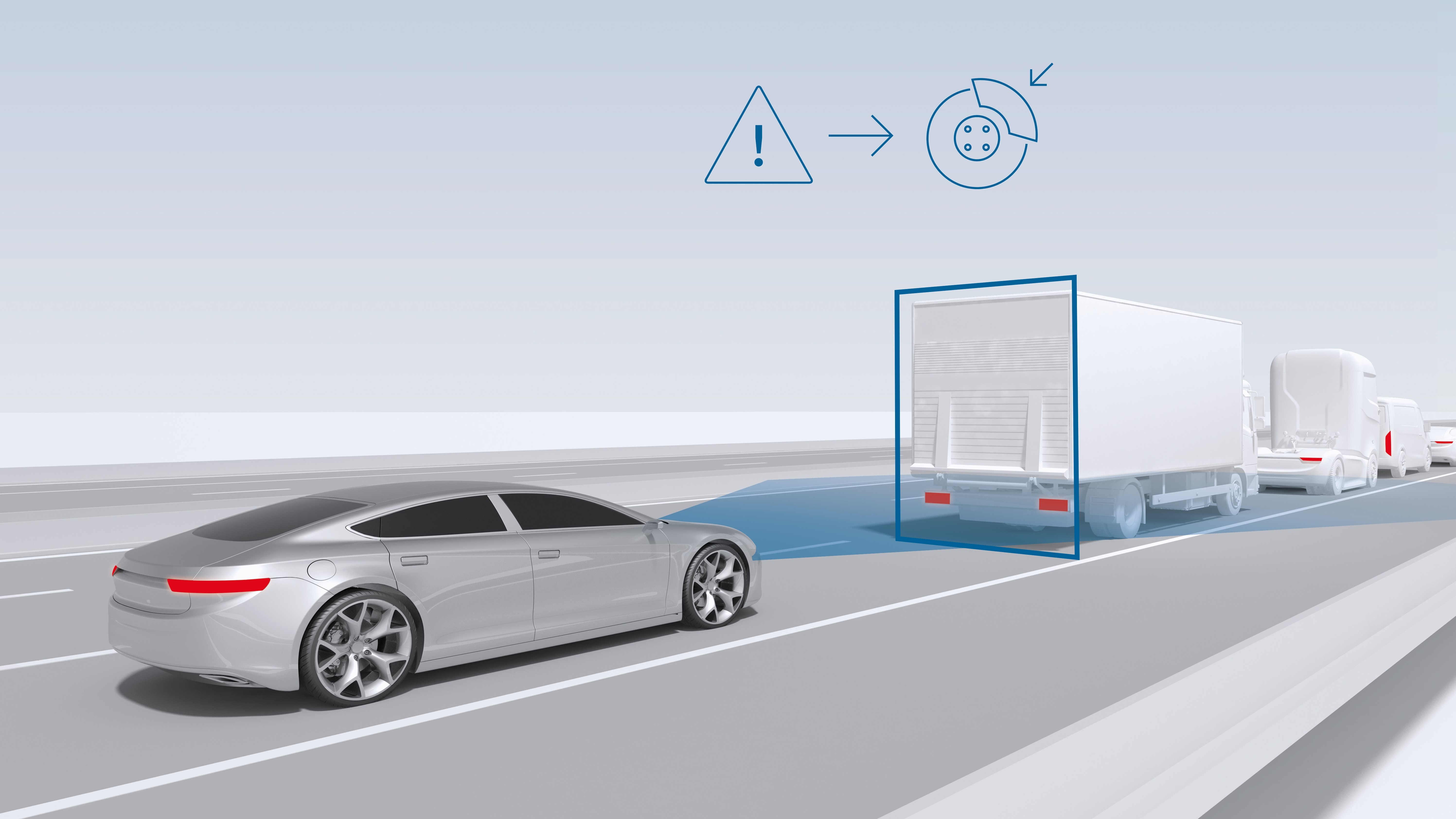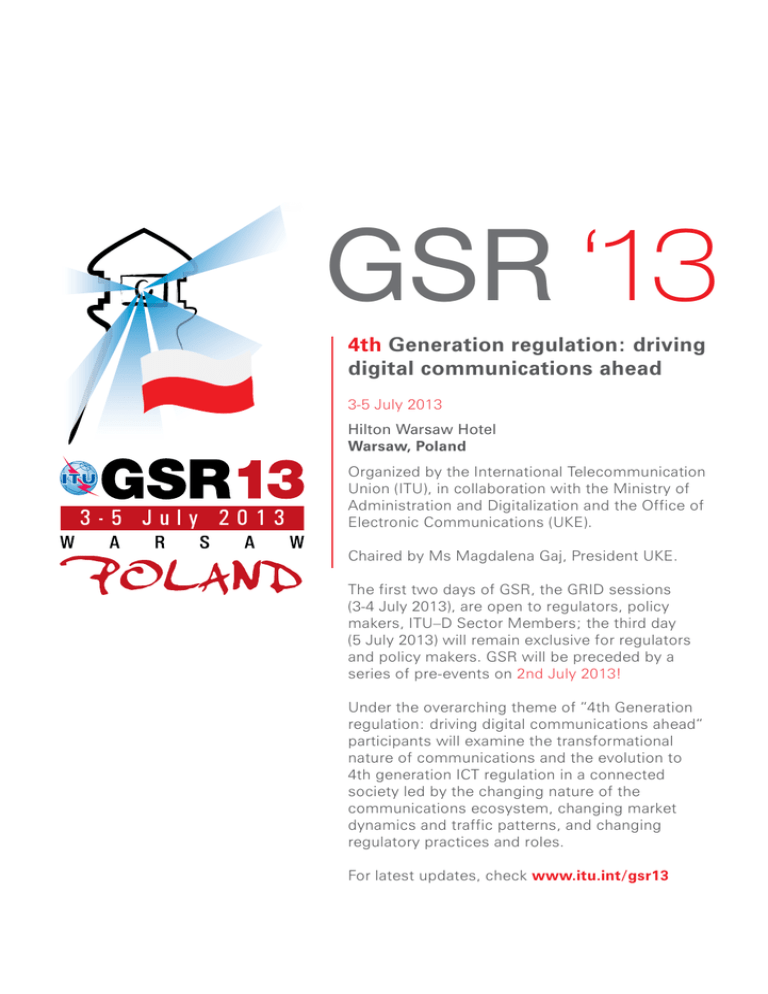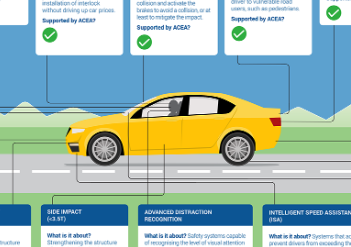Gsr Regulation 2024 : What it is
GSR Regulation 2024: What It Is and How It Will Impact You With the fast-paced advancements in technology, the automotive industry is constantly evolving to ensure safer driving experiences. One such development is the General Safety Regulation (GSR) 2024, which has recently garnered significant attention. This regulation aims to introduce new safety standards that will be implemented in vehicles by the year 2024. In this article, we will dive deep into the details of this regulation, discuss its implications, and address some frequently asked questions. 1. The Need for GSR Regulation 2024: Safety of drivers, passengers, and pedestrians has always been a top priority for automobile manufacturers. The GSR Regulation 2024 is an essential step towards enhancing vehicular safety through the implementation of new safety measures. This regulation addresses several key aspects, such as automated emergency braking systems (AEB), driver assistance technology, and pedestrian safety.  *Image: Illustration of a car with automated emergency braking system (AEB)* 2. Automated Emergency Braking Systems (AEB): As part of the GSR Regulation 2024, all vehicles produced after its implementation must be equipped with automated emergency braking systems. These systems use cutting-edge sensor technology, such as Mobileye's advanced driver-assistance system, to detect potential collisions and automatically apply the brakes to avoid or mitigate accidents.  *Image: Mobileye's advanced driver-assistance system in action* This technology is proven to be highly effective in minimizing the severity of accidents and can significantly reduce the number of collisions caused by human error. 3. Pedestrian Safety: The GSR Regulation 2024 also focuses on improving pedestrian safety by mandating the inclusion of pedestrian detection systems in vehicles. These systems utilize advanced sensors and cameras to detect pedestrians in the vehicle's path and warn the driver or even apply the brakes automatically if necessary. This feature has the potential to save countless lives and mitigate the severity of accidents involving pedestrians. 4. Impact on the Automotive Industry: The introduction of the GSR Regulation 2024 will undoubtedly have a profound impact on the automotive industry. While it presents an opportunity for automobile manufacturers to innovate and develop advanced safety technologies, it also poses significant challenges in terms of implementation and cost. The requirement for all vehicles to be equipped with AEB and pedestrian detection systems will call for substantial investments in research and development. Despite the challenges, the GSR Regulation 2024 is a step in the right direction for the industry as it prioritizes the safety of all road users and aligns with the growing demand for safer vehicles. FAQs Q1. When will the GSR Regulation 2024 be implemented? The GSR Regulation 2024 is expected to be implemented by the year 2024, with a gradual phase-in process for different vehicle categories. Q2. Will this regulation apply to all vehicles? Yes, the GSR Regulation 2024 will apply to all new vehicles produced after its implementation, regardless of their category or size. Q3. How will the GSR Regulation impact vehicle prices? The implementation of new safety technologies mandated by the GSR Regulation 2024 may result in a moderate increase in vehicle prices. However, as these technologies become more prevalent and standardized, economies of scale are expected to bring down the costs over time. In conclusion, the GSR Regulation 2024 introduces crucial safety measures that will significantly enhance the overall safety of vehicles. The inclusion of AEB and pedestrian detection systems will help prevent accidents caused by human error and protect both drivers and pedestrians. Although the regulation poses challenges for the automotive industry, it serves as a clear testament to the commitment of manufacturers to prioritize safety. By 2024, we can expect to see a significant shift in vehicle safety standards, making our roads much safer for everyone.  Image Source : www.camos-uk.com
Image Source : www.camos-uk.com  Image Source : new.qq.com
Image Source : new.qq.com  Image Source : ameblo.jp
Image Source : ameblo.jp  Image Source : www.bosch-engineering.com
Image Source : www.bosch-engineering.com  Image Source : studylib.net
Image Source : studylib.net  Image Source : chemycal.com
Image Source : chemycal.com  Image Source : press.zf.com
Image Source : press.zf.com  Image Source : jungo.com
Image Source : jungo.com
UN GSR (General Safety Regulations) 2024
 Image Source : www.camos-uk.com
Image Source : www.camos-uk.com 欧盟商用车新法规将实施,Mobileye助力中国车企出海_腾讯新闻
【Regulation】Double Rebreathe GSR Gas Mask | St.FeLair
 Image Source : ameblo.jp
Image Source : ameblo.jp General Safety Regulation | Bosch Engineering
 Image Source : www.bosch-engineering.com
Image Source : www.bosch-engineering.com GSR ‘13 4th Generation Regulation: Driving
 Image Source : studylib.net
Image Source : studylib.net Fact Sheet: Cars And The General Safety Regulation Revision
 Image Source : chemycal.com
Image Source : chemycal.com regulation regulatory aerospace reports
Übersicht Fahrerassistenzfunktionen General Safety Regulation (GSR) - ZF
 Image Source : press.zf.com
Image Source : press.zf.com Driving Safety In The Age Of GSR 2024: How Driver Monitoring Systems
 Image Source : jungo.com
Image Source : jungo.com General safety regulation. 【regulation】double rebreathe gsr gas mask. Gsr ‘13 4th generation regulation: driving. Fact sheet: cars and the general safety regulation revision. Un gsr (general safety regulations) 2024